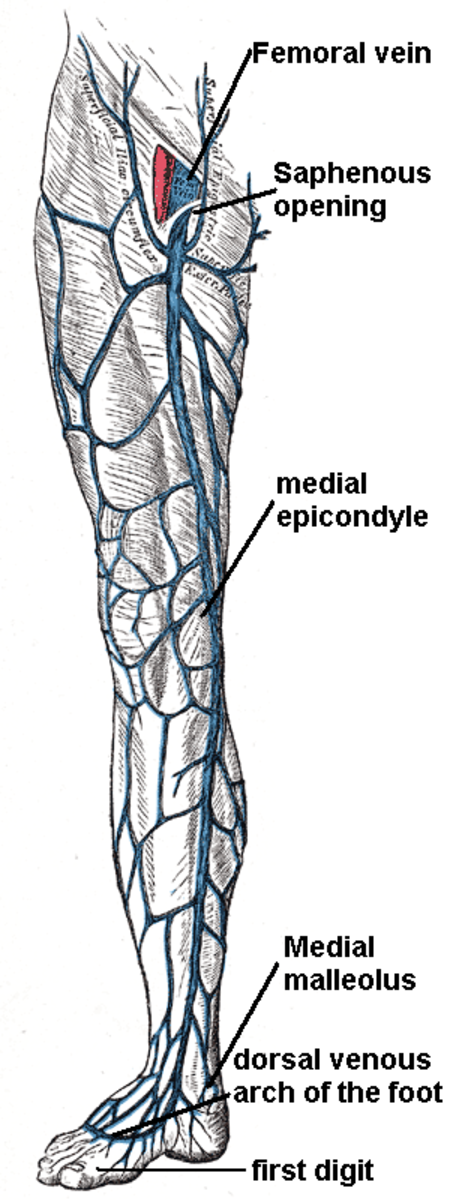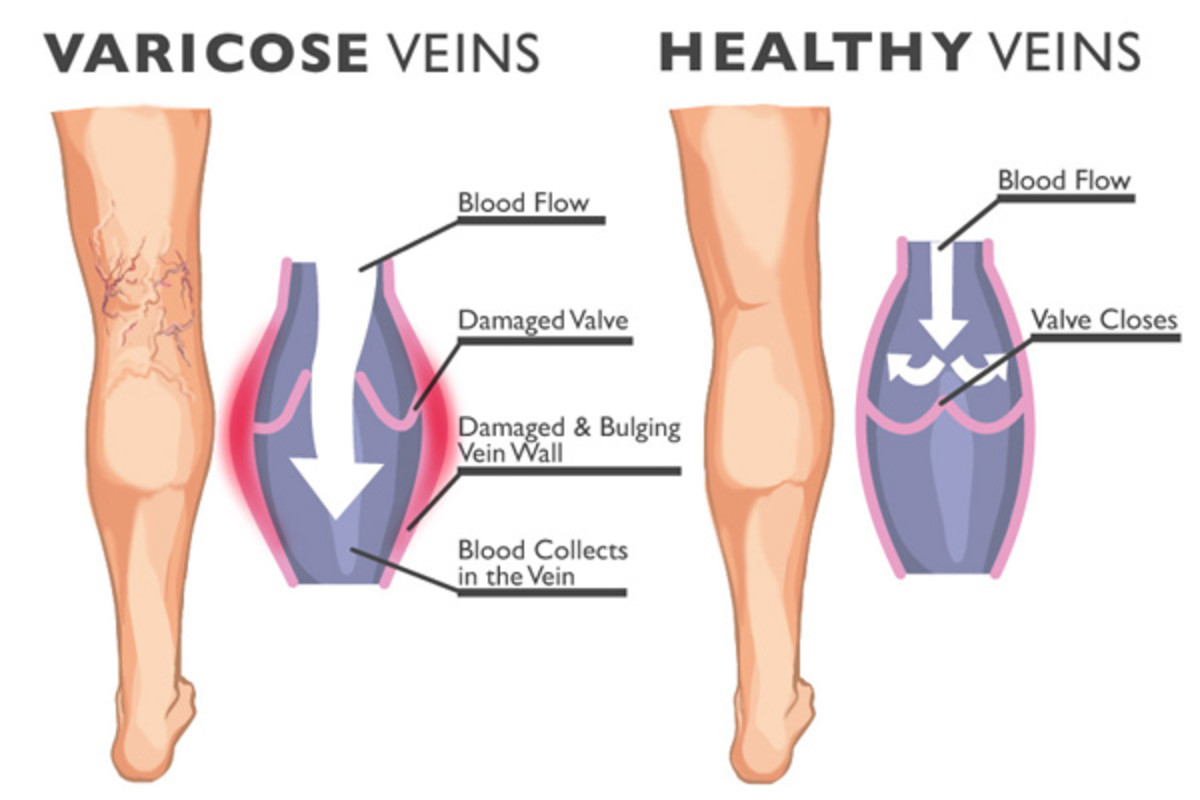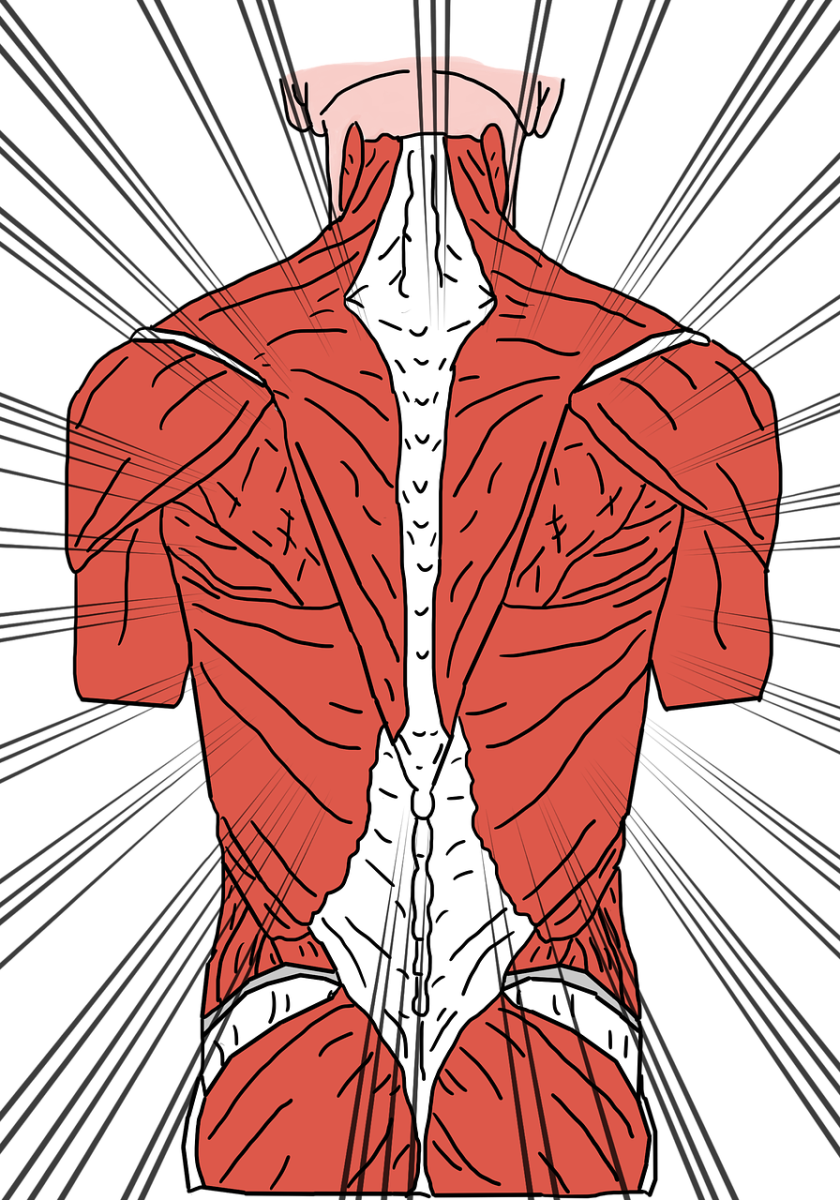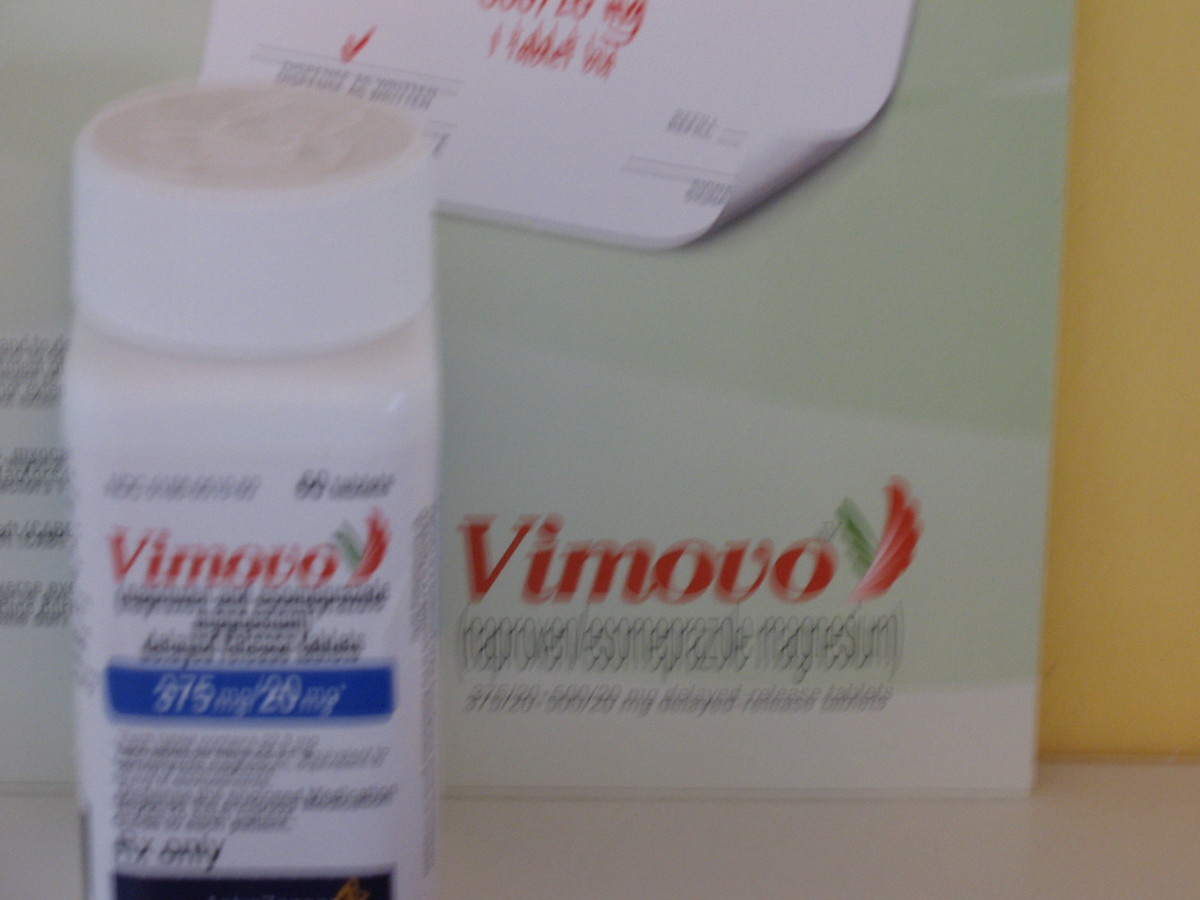Laser Treatment (EVLT) vs Radiofrequency Ablation (RFA) for Varicose Veins
Radiofrequency Ablation (RFA) vs Laser Treatment (EVLT)
There are two “minimally invasive” techniques for varicose vein treatment: Radiofrequency ablation (RFA) and endovenous laser therapy (EVLT).” Most centers offer either laser or radiofrequency ablation. But which is better?
Both techniques are similar, and both are effective ways to treat varicose veins. Both treat venous insufficiency of the large superficial veins by using thermal energy, in the form of laser or radiofrequency energy, to close the blood vessel from the inside.
So how are the treatments different and which one works better?
Radiofrequency ablation targets the vein wall using a radiofrequency wave in 20 second bursts. The collagen of the vein wall is heated which makes the treated vein shrink around the catheter. During the process, the vein actually closes. After the treatment, the vein is smaller, thicker, and no longer carries blood. Eventually, the vein is absorbed by body, and disappears.
Laser treatment also uses a catheter within the vein, but instead of a radiofrequency wave, a laser device is used to target the vein wall. The heating element of the device is quite variable, with frequencies which range from 810 to 1470 nanometers (nm). This strong energy often causes damage to the vein wall. Occasionally, the laser energy can even puncture the wall. This leads to bruising, skin changes, and increased pain. Even when laser works, the energy causes clotting of the vein, rather than closure of the vein. This is still effective, just more painful.
It is important to remember that both of these methods are better than traditional vein stripping, and both are effective. Both are minimally invasive, and do not usually involve general anaesthesia. The main difference is that laser ablation is generally associated with more bruising, pain, and discomfort compared to radiofrequency ablation.
It is for that reason that radiofrequency ablation is used exclusively by the doctor at the San Francisco Vein Center.
Here is a video which illustrates the differences between these two techniques. The video demonstrates a laser and a radiofrequency catheter as they are deployed in a pig liver. Which technique would you prefer?








